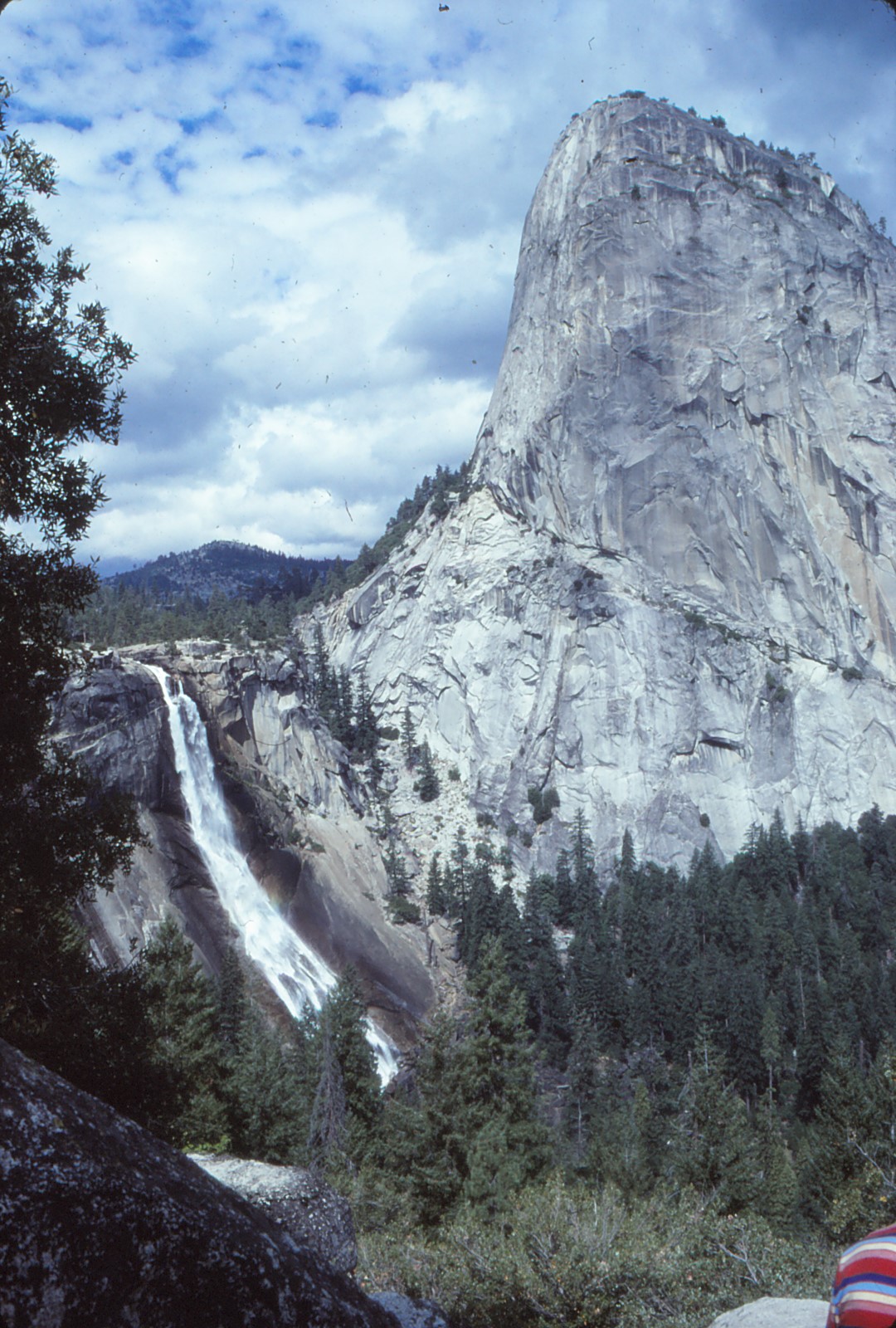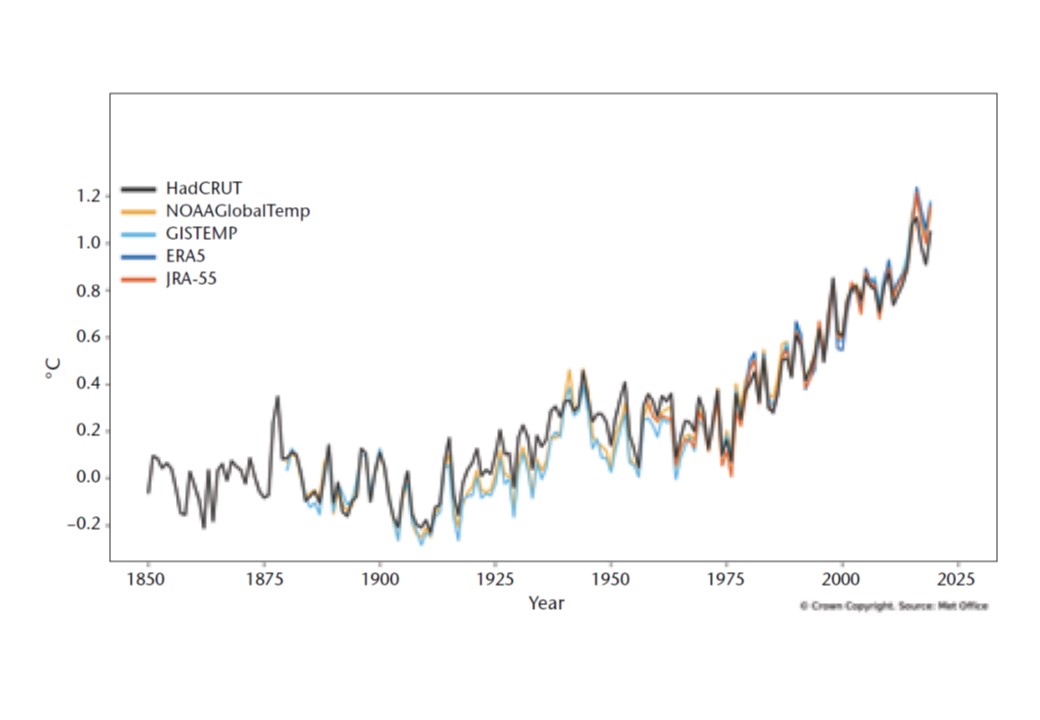American Presidential Race: Biden for the EnvironmentTorstai 16.7.2020 klo 19.14 - Mikko Nikinmaa When I stayed a year in California, one of its greatest sides was the diverse environment. Seeing elephant seals, Yosemite, Sierra Nevada, redwood was great. The worst smogs were long past. Thinking back to the time 40 years ago it seems that in the presidential election this November one makes a choice between degradation and conservation of the environment (among many other things). Trump has always put money first, regardless of what is destroyed Luckily the democratic candidate John Biden is taking a completely opposite stand. He recently gave out a plan of putting 2 trillion dollars to environmental actions, if getting elected. (Being able to do this requires that also the senate will have democrats in majority). He also realizes that the environmentally sustainable technologies are the ones that can be profitable in future. The American presidential race is also important for the rest of the world, since USA is the most important energy and natural resource consumer. What is the direction at the top in USA will affect the possibilities for any global environmental agreements.
|
|
Kommentoi kirjoitusta. Avainsanat: climate change, energy consumption, environmental conservation |
Coronavirus and Climate Change, can there be a lesson learned?Keskiviikko 18.3.2020 klo 12.05 - Mikko Nikinmaa A teenager came to his/her grandparents and was furious. “Things which were yesterday impossible to accomplish, because climate change mainly affects us young, are today done, because it is mainly you old who suffer from coronavirus.” While this is largely true, the pandemic may give wind to the sails of climate activists after the acute coronavirus crisis is over. To start with World Meteorological Organization just published “WMO Statement on the State of the Global Climate in 2019” (https://public.wmo.int/en). It clearly shows the unfortunate events that are currently taking place: temperature increase, ocean acidification, spreading of hypoxic zones in aquatic systems etc. These things are often accepted by clim |
|
Kommentoi kirjoitusta. Avainsanat: world meteorological organization, climate sceptics, energy consumption |
Climate change, biodiversity loss - reincarnations of population bombPerjantai 2.11.2018 klo 12.46 - Mikko Nikinmaa Very recently several important contributions on environmental questions have been published. First, the IPCC report on Climate Change, and, second, the WWF Living Planet 2018 report (WWF. 2018. Living Planet Report 2018. Aiming Higher. Grooten, M. and Almond, R.E.A.(Eds). WWF, Gland, Switzerland.). In addition, an article in Nature (Resplandy et al. 2018 Quantification of ocean heat uptake from changes in atmospheric O2 and CO2 composition, Nature 563, 105-108) indicates that more heat has been absorbed by the oceans than conservative estimates suggest, i.e. that climate change may be worse than previously thought Surprisingly, the reports do not give virtually any attention to the size of human population, although looking at the above two pivtures, a striking similarity in the population increase and athospheric carbon dioxide level graphs can be seen. In the future, it can unfortunately be estimated that if climate actions are not effective, carbon dioxide production increases much more than population growth, since population growth occurs in areas, where carbon dioxide production per person has increased markedly during recent past. Also, the major reasons for the huge (60 %) biodiversity loss are habitat loss and exploitation, both the result of the need of increasing population to get food and other commodities. It is shocking that economic circles and politicians throughout the world forget that all economic activity ultimately depends on healthy environment. As a result, growth is not possible indefinitely, and economic theories should center not around growth but around sustainability. And one of the major aims of future global planning should be to limit world population. However, as long as the growth-based ideology predominates, population growth is needed. Naturally, actions to corb population growth should be such that nobody is offended. I have toyed with the idea that foreign aid would be given to individuals, not the (mostly corrupt) governments. The direct funding would depend on the size of the family, increasing with a decrease in the number of children. Another significant action would be the schooling of women: this would significantly decrease the population growth, and would also foster equality - certainly opposed by many in male-dominated societies. Many innovative solutions to decrease the exploitation of wild animals and habitat distruction have been already advanced. Also, there are a plenty of possibilities to decrease the energy needed for transporting goods and new ways of energy production. However, in my opinion, a success in combatting both climate change and biodiversity loss requires that we are succesful in limiting population growth. If we cannot do that, there is bound to be a collapse resembling one that is always seen with animal populations, which have become too dense. |
|
Kommentoi kirjoitusta. Avainsanat: land use, extinctions, energy consumption, carbon dioxide |
Population explotion and climate change - close connectionTiistai 9.10.2018 klo 20.26 - Mikko Nikinmaa In the late 1960s, when I became an environmentlaists (and still am 50 years later), the major worry was population growth. Then it was estimated that food production would soon become a problem. However, as a result of advances in agricultural methods, the absolute hunger in the world has decreased, although the population has increased threefold. However, one can say that virtually all of the present mejor global problems are due to population growth. I was shocked to see two charts superimposed: the population growth and the energy consumption in the world. The graphs were more or less identical. So, the climate change is very much to do with population growth. If the population could decrease to the level that it was in 1960s, there would be no climate change, nor would there be the global plastic problem etc. Naturally we cannot forcefully decrease world population, but one of the ways to migitate climate change should be to decrease population growth in Asia and Africa. And there could be quite a simple way to do this with everyone being happy. Much of the developmental aid could be tied to birth control: if a family had maximally two children, they would be given a certain yerly sum of money. This would probably be more effective way of combatting climate change in developing counties than anything else. |
|
Kommentoi kirjoitusta. Avainsanat: population growth, energy consumption, carbon dioxide |

 while making money. This has been very obvious with the Covid-19 pandemic: the economy of the states was opened before the peak of infections was past. One sees the result now, whereas Europe is starting to recover also economically, USA is going back deeper into recession with increasing number of Covid-19 cases. The short-sighted thinking of economic growth would probably also hurt American economy, if Trump were able to carry out his environmental agenda – loosening restrictions, allowing pollution, increasing coal use, giving benefits to oil industry etc. Going in the past with the climate change looming is not an option, the future technologies are the ones offering profits, not the ones resorting to old technologies.
while making money. This has been very obvious with the Covid-19 pandemic: the economy of the states was opened before the peak of infections was past. One sees the result now, whereas Europe is starting to recover also economically, USA is going back deeper into recession with increasing number of Covid-19 cases. The short-sighted thinking of economic growth would probably also hurt American economy, if Trump were able to carry out his environmental agenda – loosening restrictions, allowing pollution, increasing coal use, giving benefits to oil industry etc. Going in the past with the climate change looming is not an option, the future technologies are the ones offering profits, not the ones resorting to old technologies. ate sceptics, but they maintain that human influence has nothing to do with them. It is here that coronavirus lockdowns may give climate scientists a strong and unanimous data set. The measures which have been taken affect the world energy consumption for the first half of 2020. The decrease may be big enough to be seen in the global measures for 2020. If it is, it will show two things: (1) The climate change has a measurable (and significant) human component and (2) it is possible to carry out actions, which combat climate change effectively and which allow decent life.
ate sceptics, but they maintain that human influence has nothing to do with them. It is here that coronavirus lockdowns may give climate scientists a strong and unanimous data set. The measures which have been taken affect the world energy consumption for the first half of 2020. The decrease may be big enough to be seen in the global measures for 2020. If it is, it will show two things: (1) The climate change has a measurable (and significant) human component and (2) it is possible to carry out actions, which combat climate change effectively and which allow decent life.